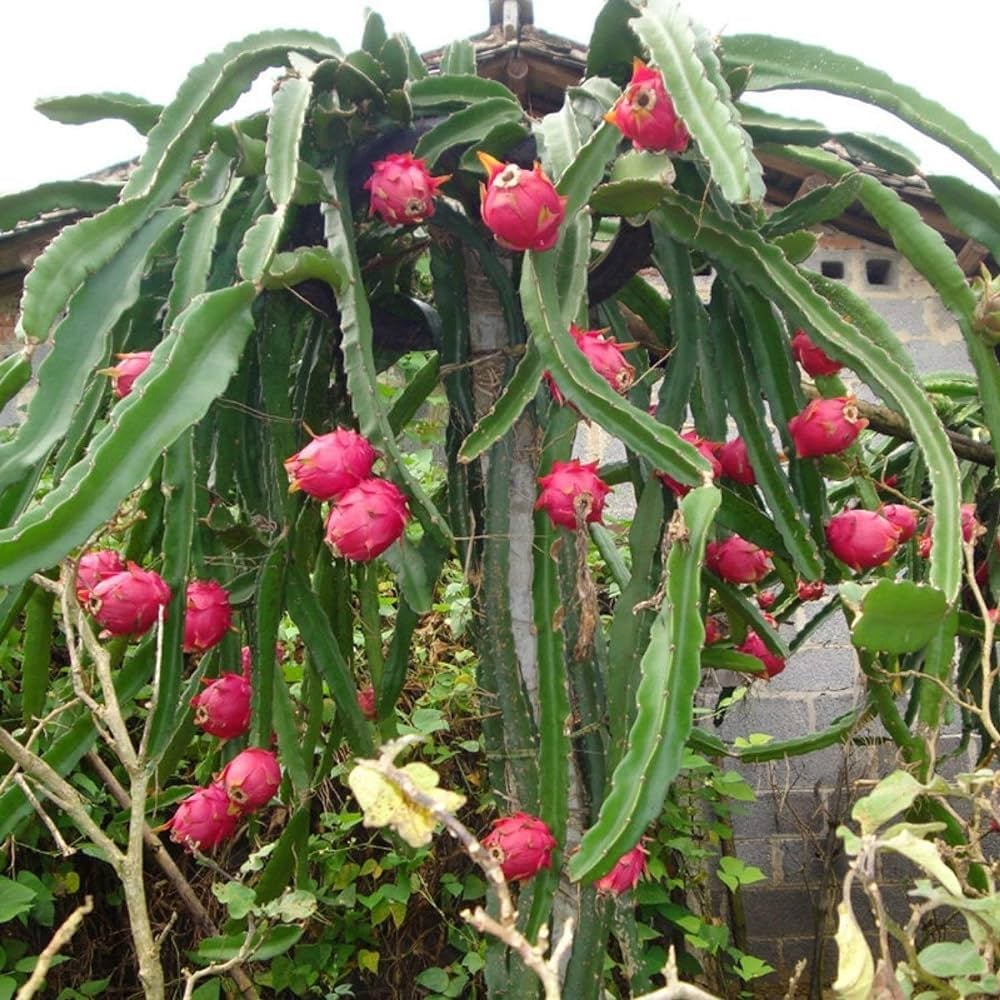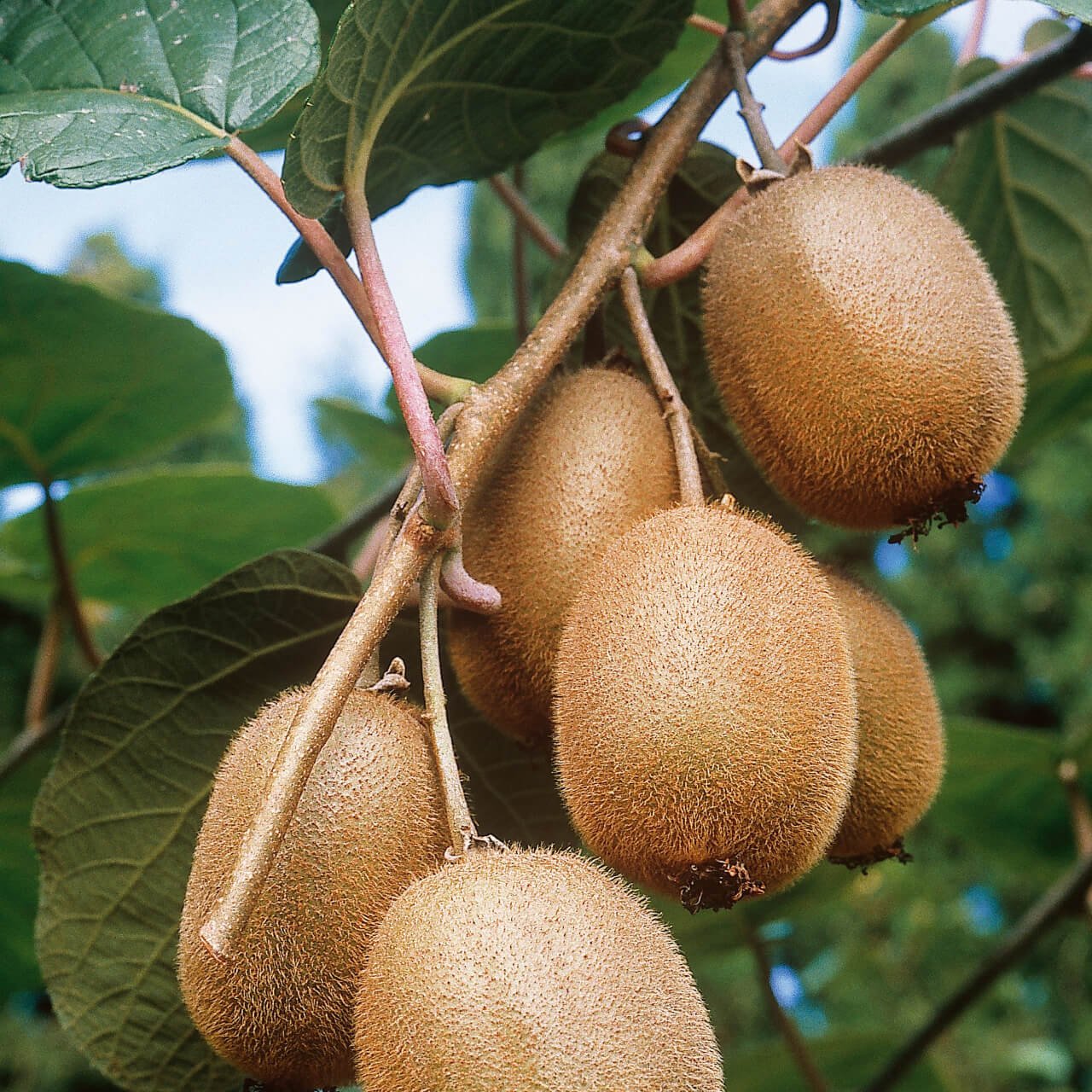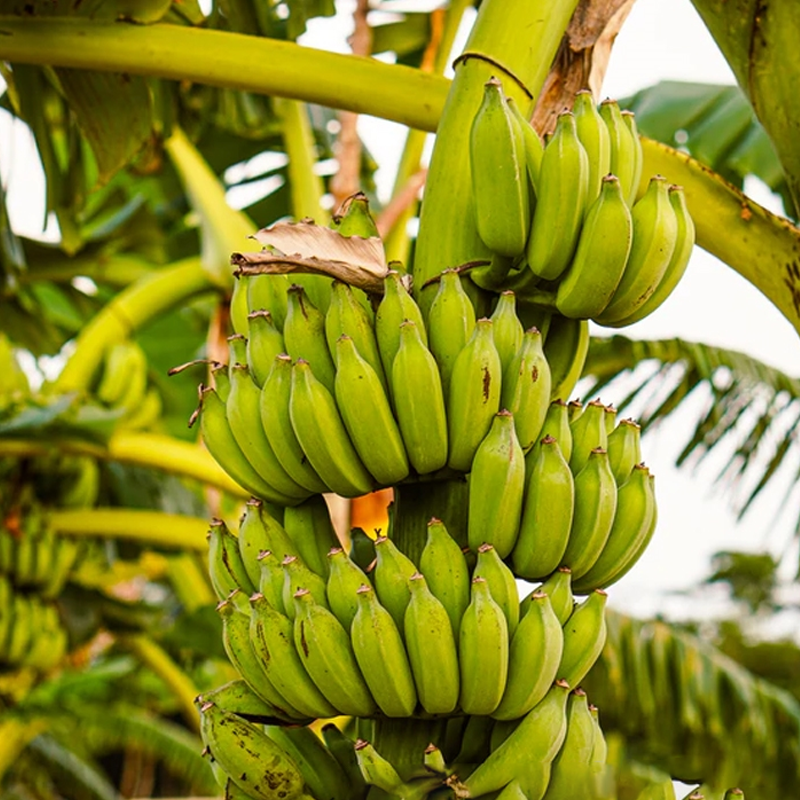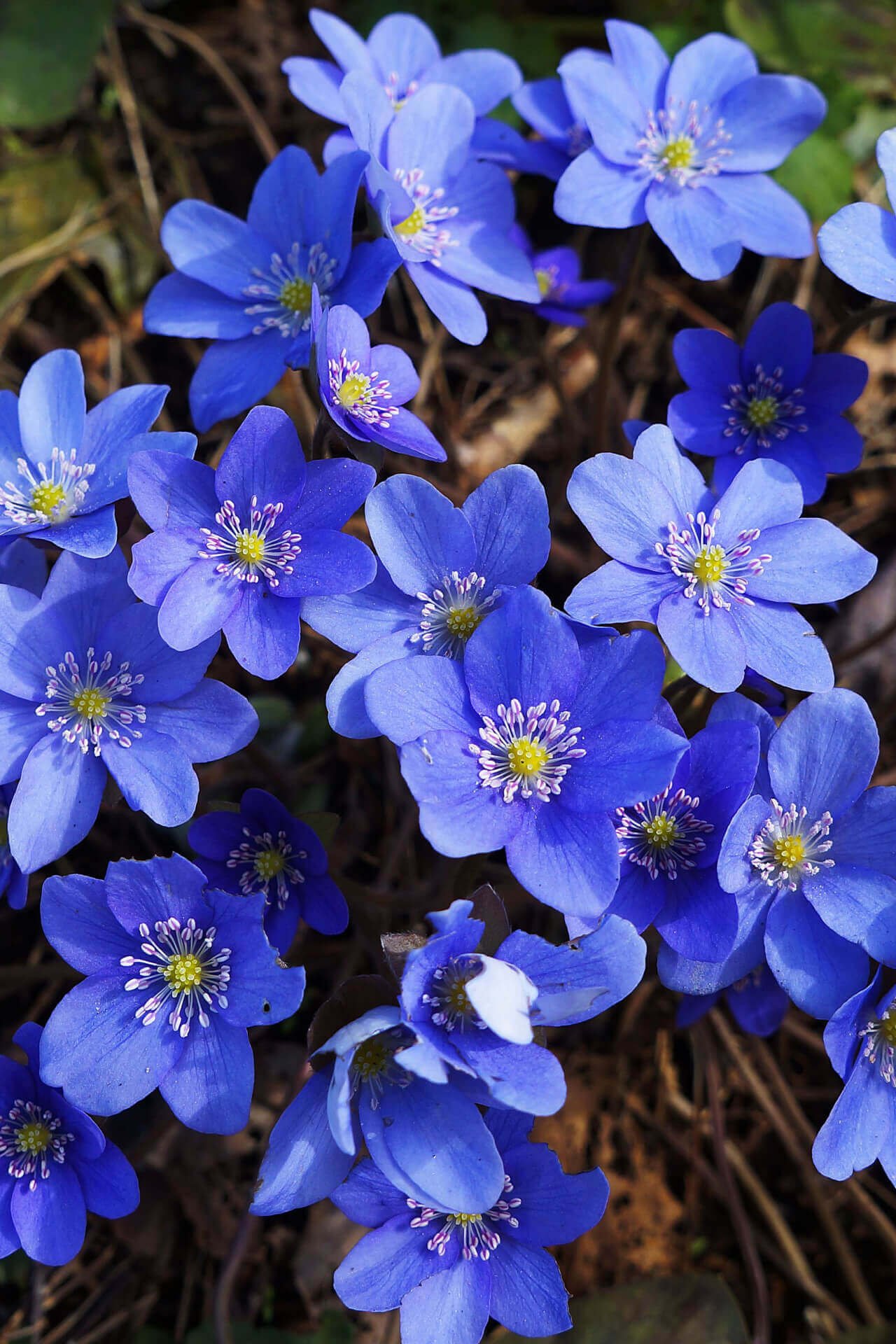

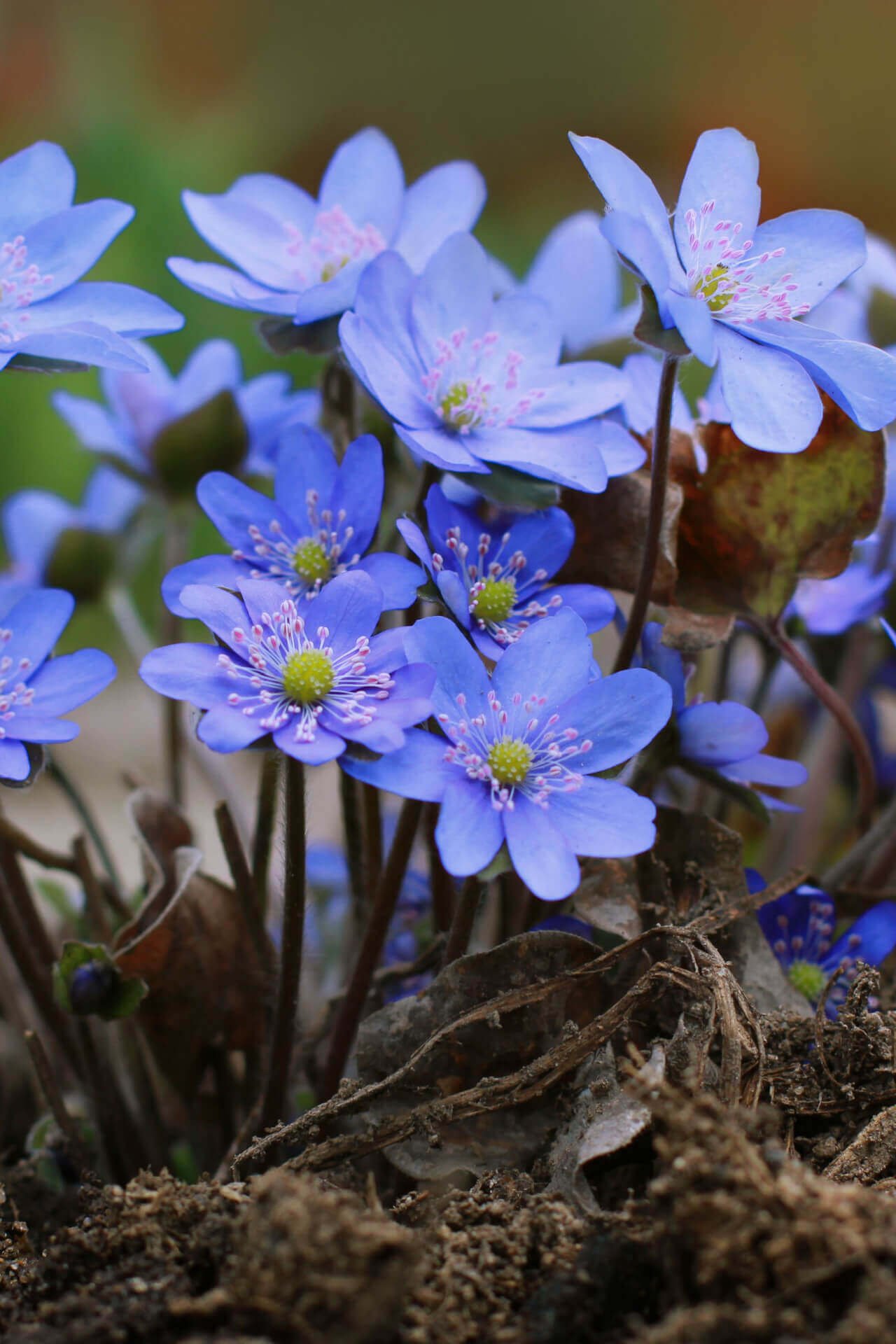

Hepatica Plant
Beautiful early spring blooms
Low-maintenance perennial plant
Enhances woodland garden aesthetics
Thrives in
ZONE 3ZONE 4ZONE 5ZONE 6ZONE 7ZONE 8ZONE 9This plant ships:
Ships Now (5-7 Days)Hepatica Plant - Acutiloba Americana
Ease of Planting and Maintenance For the Hepatica
Seasonal Blooms and Color
Shape and Longevity
This Is How Your Plants Will Look upon Delivery

Bloom Season
Spring
Bloom/Foliage Color
blue
Height at Maturity
Under 12"
Care
Hepatica thrives in well-drained, slightly acidic soil. Water often to keep the dirt moist but not soggy. In early spring, fertilize lightly with a balanced, slow-release fertilizer. Remove spent flowers to encourage prolonged blooming.
Plant Reproduction
Hepatica spreads by seeds.
Shipping date depends on the date displayed and chosen when you order from the product's page.
We only accept returns on plants verified dead. If you think your plants have died, we offer a 1 year warranty, please use this File a Claim Link to verify dead plants and start with return warranty process.





.png?v=1722191485084&em-origin=cdn.accentuate.io&em-format=auto)
Charming Early Blooms:
Hepatica produces delicate, star-shaped flowers that bring early spring color to your garden. Their subtle beauty is a welcome sight after winter.
Unique Appearance:
Its distinctive flower shape and varied colors add a unique touch to garden beds, enhancing the visual appeal of your landscape.
Shade Tolerant:
This plant thrives in shady or woodland conditions, making it an ideal choice for under-tree plantings or low-light garden areas.
Evergreen Foliage:
Hepatica features attractive evergreen leaves that provide year-round interest, even when the plant isn’t in bloom.
Caring Tips
How do I care for my Hepatica Plant?
Each box contains detailed care instructions and information about your product. But here's the basics.
Care Tips
Hepatica thrives in well-drained, slightly acidic soil. Water often to keep the dirt moist but not soggy. In early spring, fertilize lightly with a balanced, slow-release fertilizer. Remove spent flowers to encourage prolonged blooming.
Light Requirements
Hepatica thrives in partial to full shade. It prefers indirect light, as it naturally grows under the forest canopy. Providing filtered sunlight or dappled shade helps maintain its vibrant foliage and ensures optimal growth and blooming.
Hardy Planting Zones
3 • 4 • 5 • 6 • 7 • 8 • 9
Header
Use this content to share information about your store and products.
Frequently Asked Questions
How often should I water my plants?
How do I know if my plant is getting too much or too little sunlight?
What should I do to prepare my plants for winter?
What are the signs that my plant needs fertilizing?
How can I prevent pests from damaging my plants?
How do I choose the right plant for my climate zone?



